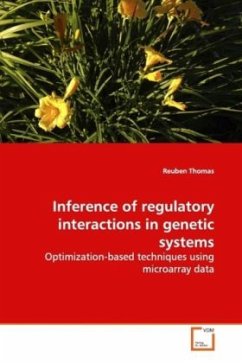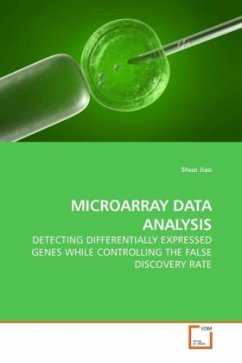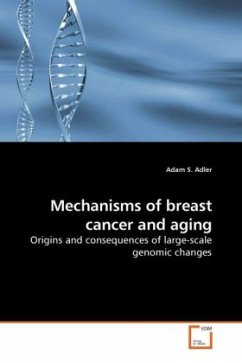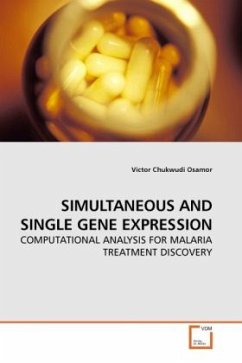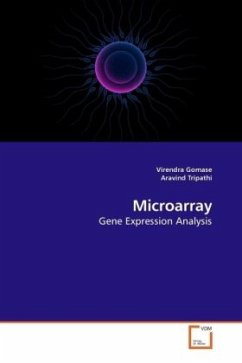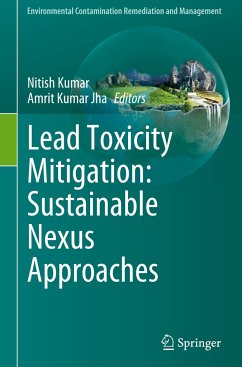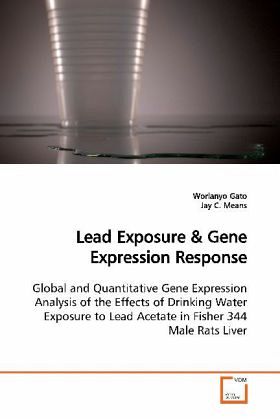
Lead Exposure
Global and Quantitative Gene Expression Analysis of the Effects of Drinking Water Exposure to Lead Acetate in Fisher 344 Male Rats Liver
Versandkostenfrei!
Versandfertig in 6-10 Tagen
52,99 €
inkl. MwSt.

PAYBACK Punkte
26 °P sammeln!
The primary objective of this work was to analyze global gene expression patterns occurring in Fisher 344 rat livers exposed to varying levels of lead. Results showed differentially expressed genes including genes cited in the literature and several not previously reported to be affected by lead toxicity. Expression profiles were clustered and gene ontology (GO) revealed 15 GO categories affected by chronic (90d) exposure, while 3 GO categories were affected during (30d) exposures. Pathways emphasized the importance of Pb in modulating various cellular events in a manner similar to calcium reg...
The primary objective of this work was to analyze
global gene expression patterns occurring in Fisher
344 rat livers exposed to varying levels of lead.
Results showed differentially expressed genes
including genes cited in the literature and several
not previously reported to be affected by lead
toxicity. Expression profiles were clustered and
gene ontology (GO) revealed 15 GO categories
affected by chronic (90d) exposure, while 3 GO
categories were affected during (30d) exposures.
Pathways emphasized the importance of Pb in
modulating various cellular events in a manner
similar to calcium regulation, including calcium
signaling phosphorylation and dephosphorylation,
histone acetylation and deacetylation. Conclusions
include: Pb controls mammalian protein synthesis via
regulating phosphorylation or dephosphorylation
events of eukaryotic elongation/initiation factors;
Pb regulates gene expression through the regulation
of histone acetylases and Pb regulates calcium
dependent transcription factor myocyte enhance
factor-2. Quantitative PCR was employed in
validating the microarray result and showed that
Microarrays and qRT-PCR yield comparable results.
global gene expression patterns occurring in Fisher
344 rat livers exposed to varying levels of lead.
Results showed differentially expressed genes
including genes cited in the literature and several
not previously reported to be affected by lead
toxicity. Expression profiles were clustered and
gene ontology (GO) revealed 15 GO categories
affected by chronic (90d) exposure, while 3 GO
categories were affected during (30d) exposures.
Pathways emphasized the importance of Pb in
modulating various cellular events in a manner
similar to calcium regulation, including calcium
signaling phosphorylation and dephosphorylation,
histone acetylation and deacetylation. Conclusions
include: Pb controls mammalian protein synthesis via
regulating phosphorylation or dephosphorylation
events of eukaryotic elongation/initiation factors;
Pb regulates gene expression through the regulation
of histone acetylases and Pb regulates calcium
dependent transcription factor myocyte enhance
factor-2. Quantitative PCR was employed in
validating the microarray result and showed that
Microarrays and qRT-PCR yield comparable results.



